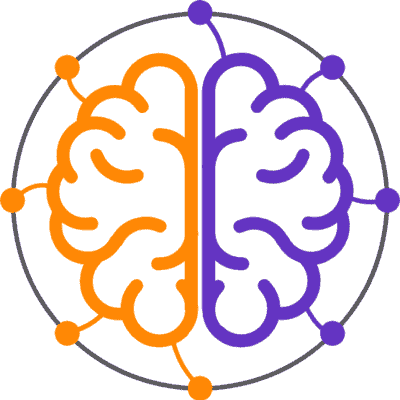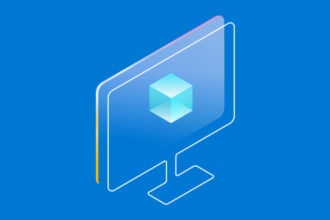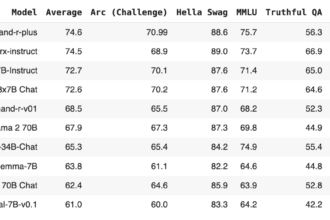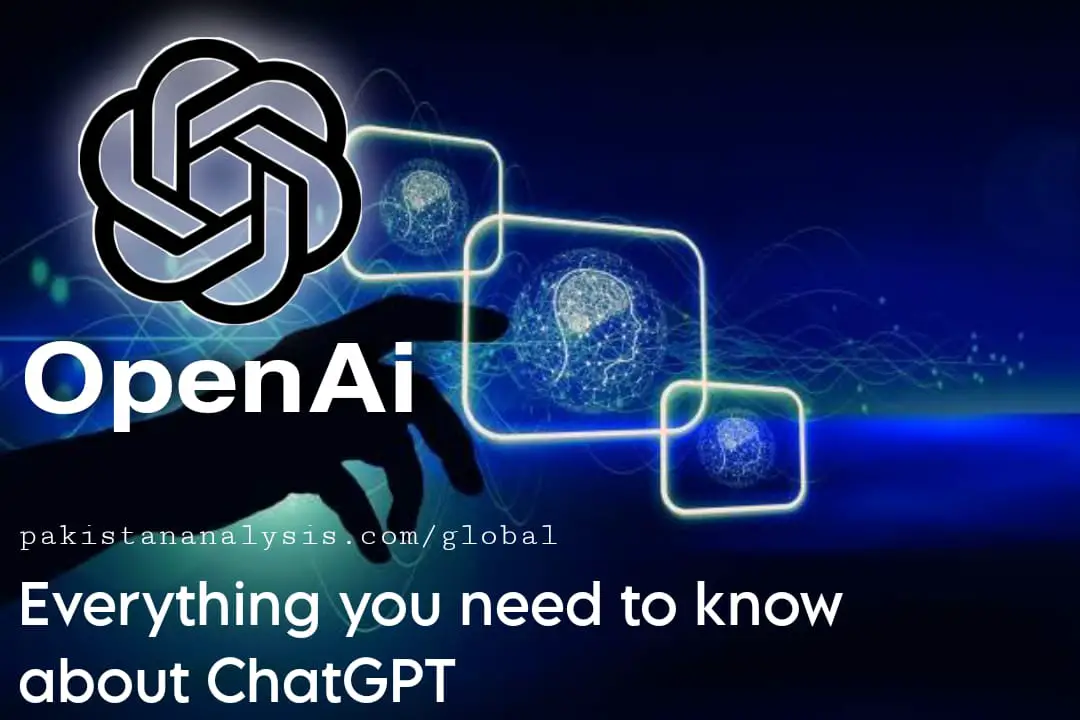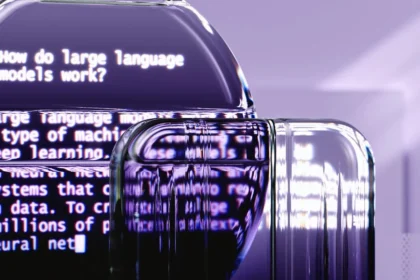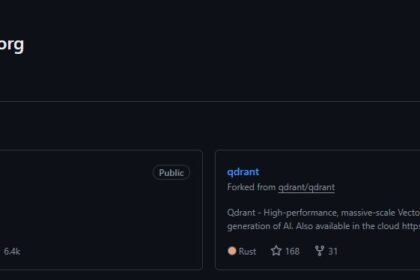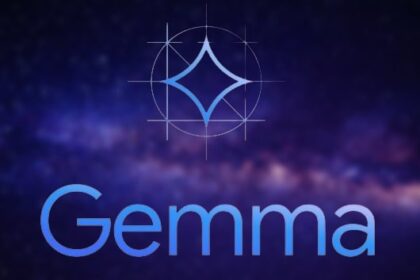Microsoft is preparing to upgrade its AI tool with an update as the company is set to release GPT-4 early next week, potentially letting you create AI-generated videos from simple text prompts.
Microsoft Germany CTO Andreas Braun announced the news at a recent “AI in Focus – Digital Kickoff” meeting (via Heise).
“We will be launching GPT-4 for the first time next week… We will have multimedia models that provide completely new options, such as videos,” Braun said.
Microsoft Germany CTO Andreas Braun
GPT-4 is the underlying language model technology that powers applications such as ChatGPT. For now, ChatGPT can only respond in text form, but it looks like an upcoming update will change all that.
Chat won’t be the first tool to output GPTAI-generated videos. In 2022, Facebook owner Meta launched Make-A-Video, which creates realistic videos based on short text prompts. With voice, the next version of ChatGPT may be able to do something similar.
At an AI event, Microsoft explained that GPT-4 would be “multimedia”. It will allow the company’s artificial intelligence to translate user text into images, music, and video, explained Holger Kahn, director of the business strategy at Microsoft Germany.
All about GPT-4 launch
OpenAI may release its next-generation large language model (LLM), GPT-4, as early as next week. OpenAI is also the manufacturer of the popular ChatGPT and DallE language models.
While ChatGPT was limited to answering user questions with text, the next generation of language models from a Microsoft-powered startup could have the ability to create AI-powered videos and other types of content.
In a conversation with German news site Heise, Microsoft Germany’s Chief Technology Officer (CTO) Andreas Braun said, “We’ll be introducing GPT-4 next week…we’ll have multimedia models offering completely different capabilities – for example, videos.”
The multimedia language model can obtain information from a number of sources which means that the latest developments based on GPT-4 may have the ability to respond to user queries in the form of images, music, and videos.
What do we know about GPT-4 so far?
In addition to GPT-4’s multimedia capabilities, it may also be able to solve the problem of ChatGPT’s slow response to user-generated queries. Next-generation language models are expected to provide much faster and more human-like responses.
According to reports, OpenAI can also run on a mobile app that supports GPT-4. Notably, ChatGPT is a web-based language model and does not yet have a mobile app.
While both Microsoft and OpenAI have not clarified how to integrate GPT-4 into Bing Search (perhaps due to the recent Search Assistant controversy), it is very likely that Bing Chatbot will use GPT-4.
While ChatGPT was built on top of GPT-3.5, Microsoft’s Bing search uses a proprietary technology called Prometheus with GPT-3 and GPT-3.5 to quickly extract answers using real-time information.
Power of ChatGPT-4
GPT-4, which is 500 times more powerful than the current ChatGPT.
The current version of ChatGPT is built on top of GPT 3.5 with 175 billion machine-learning parameters while GPT-4 contains 100 trillion ML parameters.
GPT-4 will be able to process multiple types of data including videos, images, sounds, numbers, etc.
By next week, you will be able to use artificial intelligence to write a movie script, use artificial intelligence to create movie actors, and produce and shoot a movie without hiring real actors. And you will be able to take it to the public level.
By next week, you’ll be able to write an entire 200-page book from start to finish in one day.
